Explore Hiroshima through the eyes of those who rebuilt it
Japan’s architectural phoenix continues to rise. ‘The Hiroshima Architecture Exhibition 2025’ explores a legacy of memory and modernism across 23 architects and artist groups
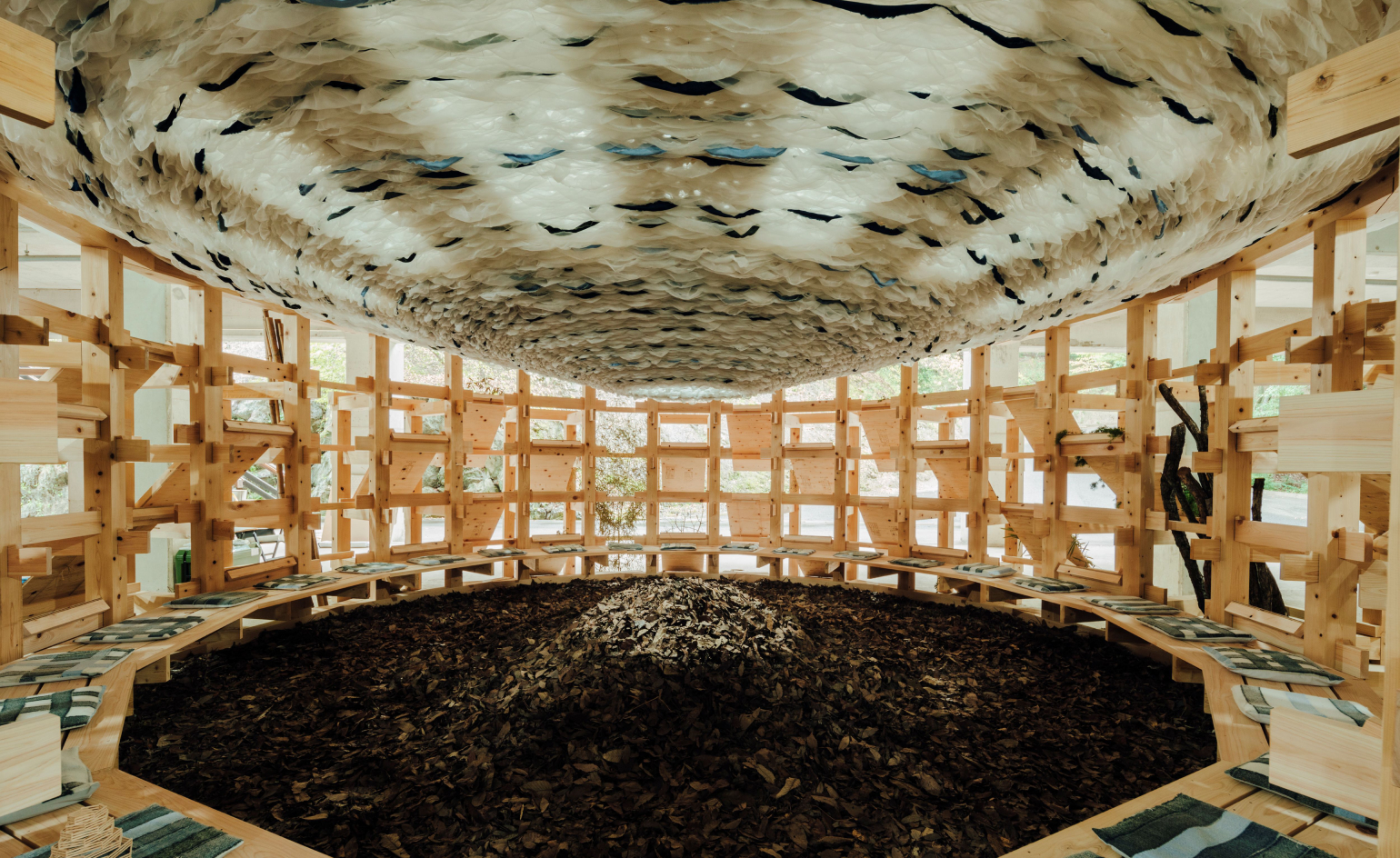
Hiroshima. This name is timelessly etched into global consciousness as the site of the world’s first atomic bombing – yet long rooted in the DNA of this southwestern region of Japan is also architectural innovation. It was from the ashes of its wartime devastation that a canvas emerged for a new era of modernist architecture, as the city was reborn through the vision of masters such as Kenzo Tange and Togo Murano.
Hiroshima, a city rebuilt
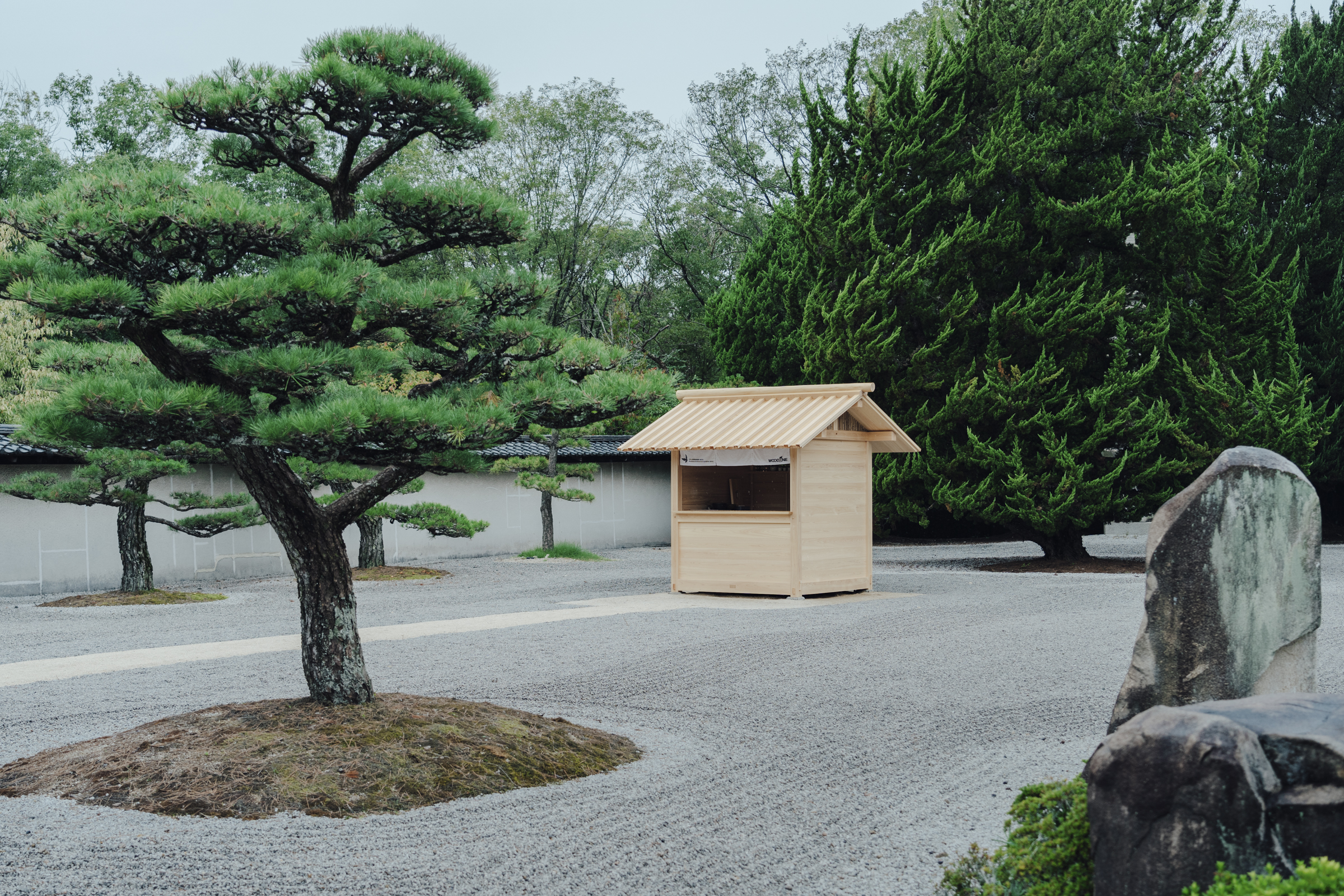
Yasushi Horibe’s portable, flat-packable hinoki teahouse
Today, 80 years after the bombing, Hiroshima not only remains a place of post-war architectural pilgrimage: it’s also an evolving contemporary hub, with a constellation of experimental structures by leading architects (Tadao Ando, Shigeru Ban, Jun Aoki, among others).
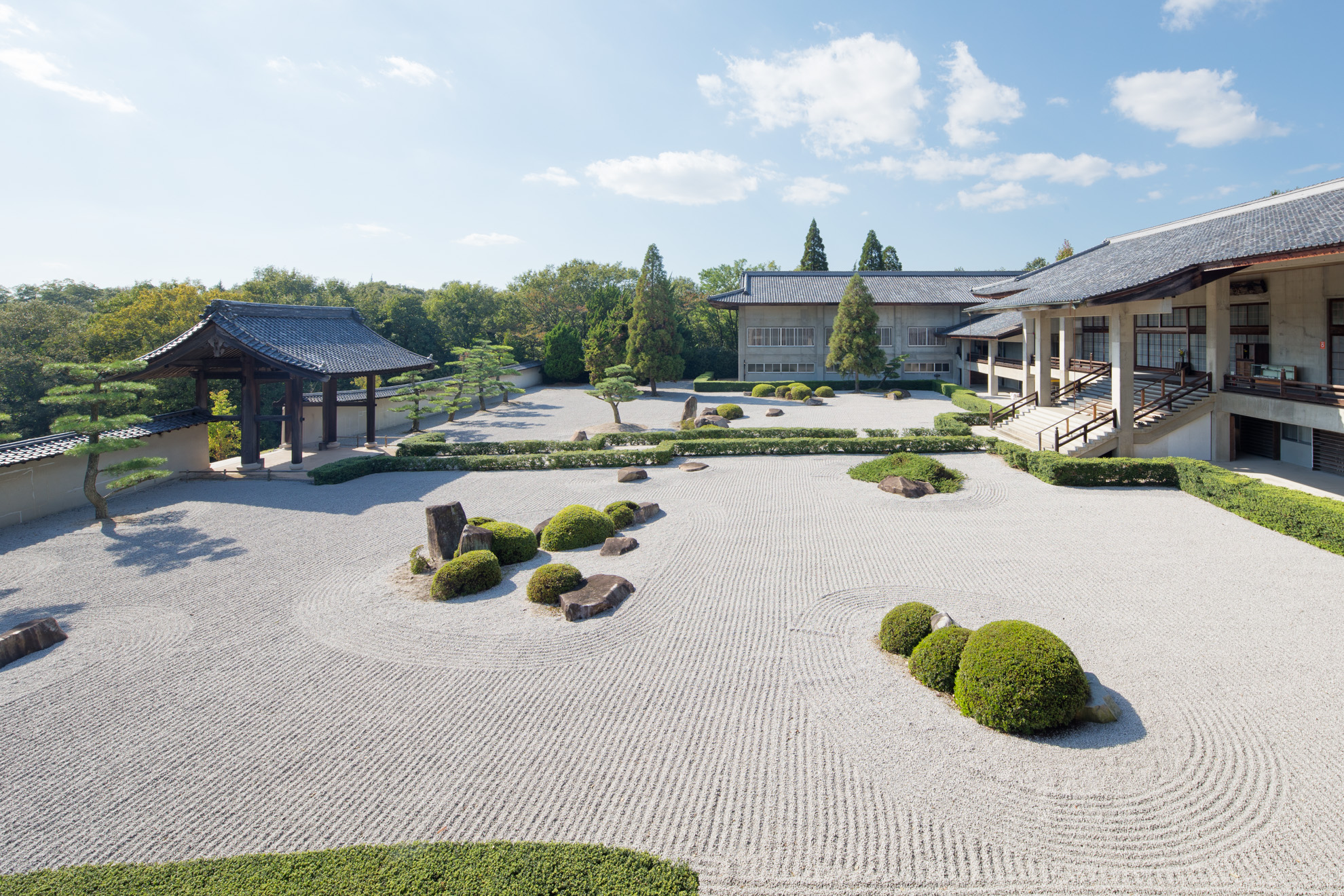
Shinshoji Temple
This month, its creative credentials were deepened further with the launch of a new three-yearly architecture festival. The Hiroshima Architecture Exhibition 2025 aims to spark revitalisation through architecture, with eight exhibitions, featuring 23 architects and artist groups – including Sou Fujimoto, Junya Ishigami and Jo Nagasaka, plus nine Pritzker winners, from Kazuyo Sejima and Ryue Nishizawa to Toyo Ito.
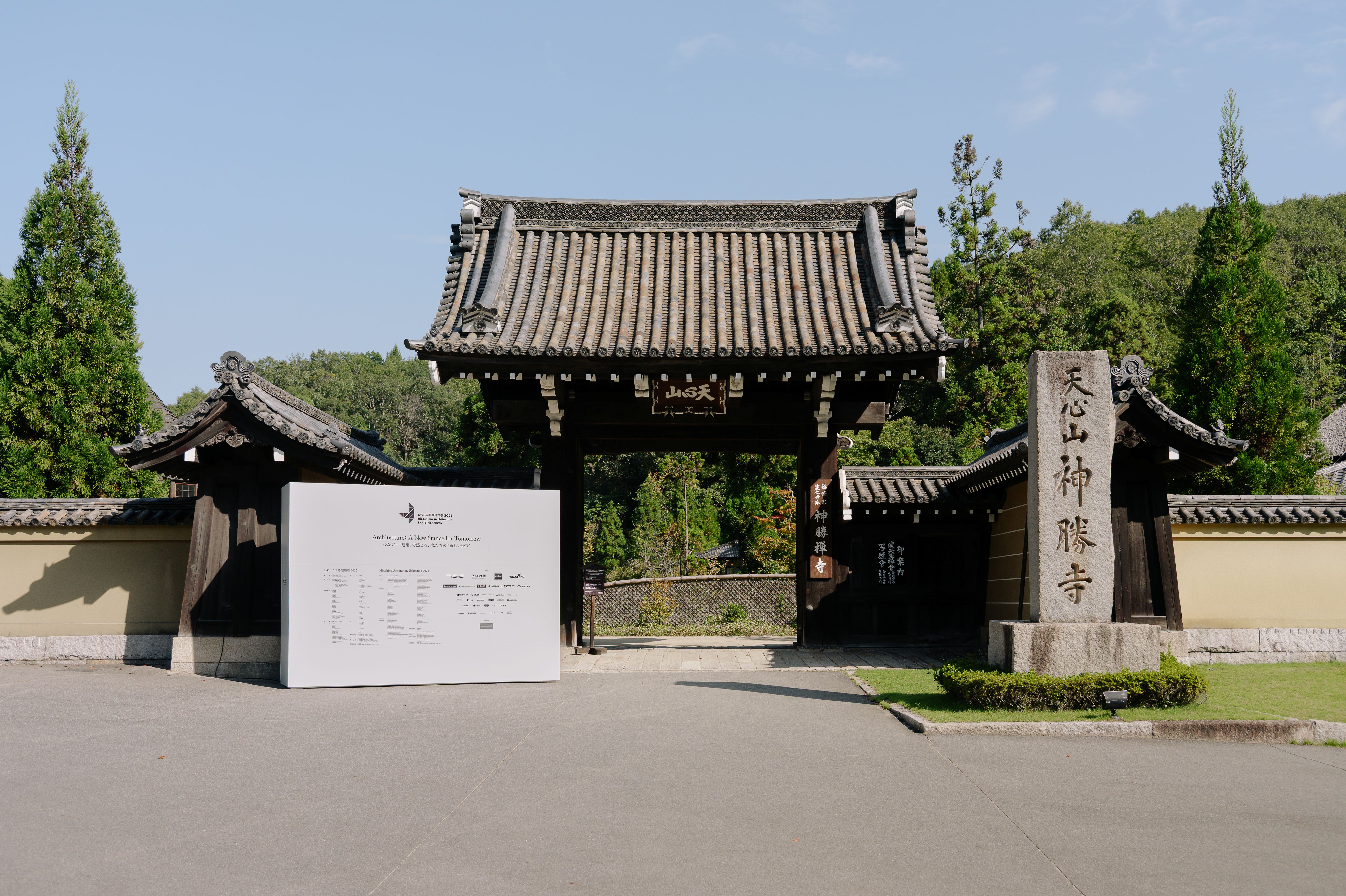
As Ai Yoshida, co-founder of Suppose Design Office, one of Hiroshima’s most high-profile studios, tells Wallpaper*: ‘Hiroshima possesses a uniquely fertile creative soil. The proximity of the sea, mountains and rivers creates a gentle connection between city and nature, while the city’s collective experience of destruction and reconstruction has fostered a deep-rooted sense of renewal.’
Architectural highlights are plentiful. There is Simose Art Garden Villa, a Shigeru Ban-designed gallery and hotel with his famous residences reincarnated as guest rooms; renovated Hiroshima City Museum of Contemporary Art, a metabolist masterpiece by Kisho Kurokawa; Azumi Setoda and SOIL Setoda, design hotel gems and creative hubs on lemon-scented Ikuchijima island; and Nekoyacho Bldg., a renovated office building with a raw industrial edge (with craft ice cream, galleries and a smooth sauna) by Suppose Design Office.
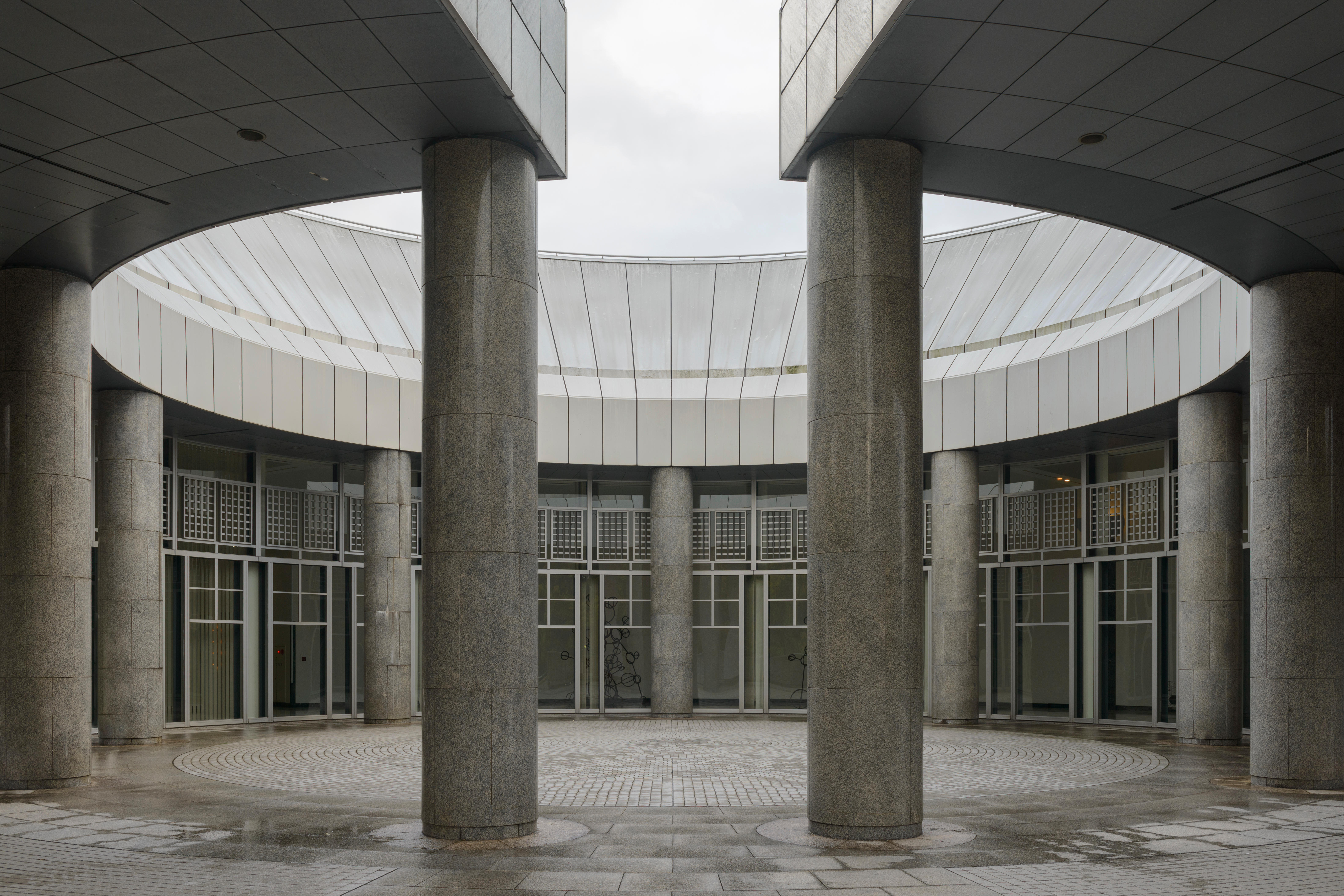
The entrance to Hiroshima City Museum of Contemporary Art, Japan
The new architecture festival adds a further creative layer. For Toyo Ito, a key festival figure, there is no doubting the imprint of Hiroshima on many creatives – himself included, having made his own architectural pilgrimage in 1964.
‘Many foreigners already visit the island Naoshima for contemporary art,’ Ito tells Wallpaper*, referring to the popular ‘art island’, on the far side of the Seto Inland Sea. ‘We need to tell people that they should visit Hiroshima for architecture.’
Receive our daily digest of inspiration, escapism and design stories from around the world direct to your inbox.
One highlight is a temple: Shinshoji Zen Museum and Gardens in Fukuyama (its local shipbuilder owners, Kambara & Tsuneishi Foundation, organised the architecture festival). It’s home to traditional architecture, Zen meditation and a lotus-filled pond – plus contemporary innovations such as Kohtei, a shingle-wrapped abstraction floating on pilotis by artist Kohei Nawa; and a structure thatched with hand-bent copper plates by Terunobu Fujimori.
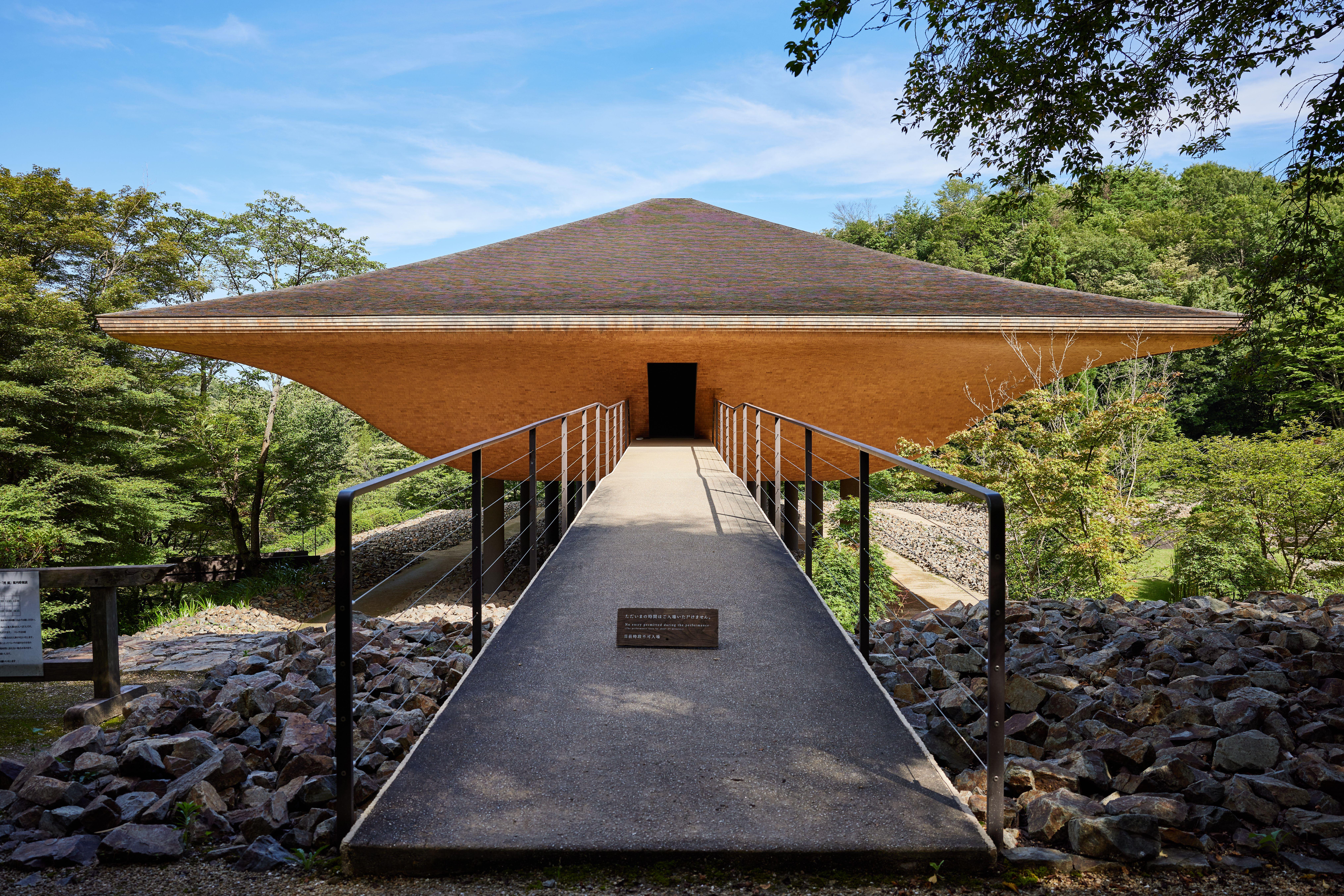
Shinshoji Zen Museum and Gardens, Fukuyama, Hiroshima Prefecture, Japan
Here, festival projects include Yasushi Horibe’s portable, flat-packable hinoki teahouse sitting on rocks in a Zen garden, with a peaked roof and a hand-chiselled counter surface, where hot matcha shots are whisked. It’s one of three architect-designed kiosks: Junya Ishigami’s ‘Clouds Descend’ installation – softly curved and seemingly weightless (despite being made of welded steel plates) also floats outside Fukuyama Station.
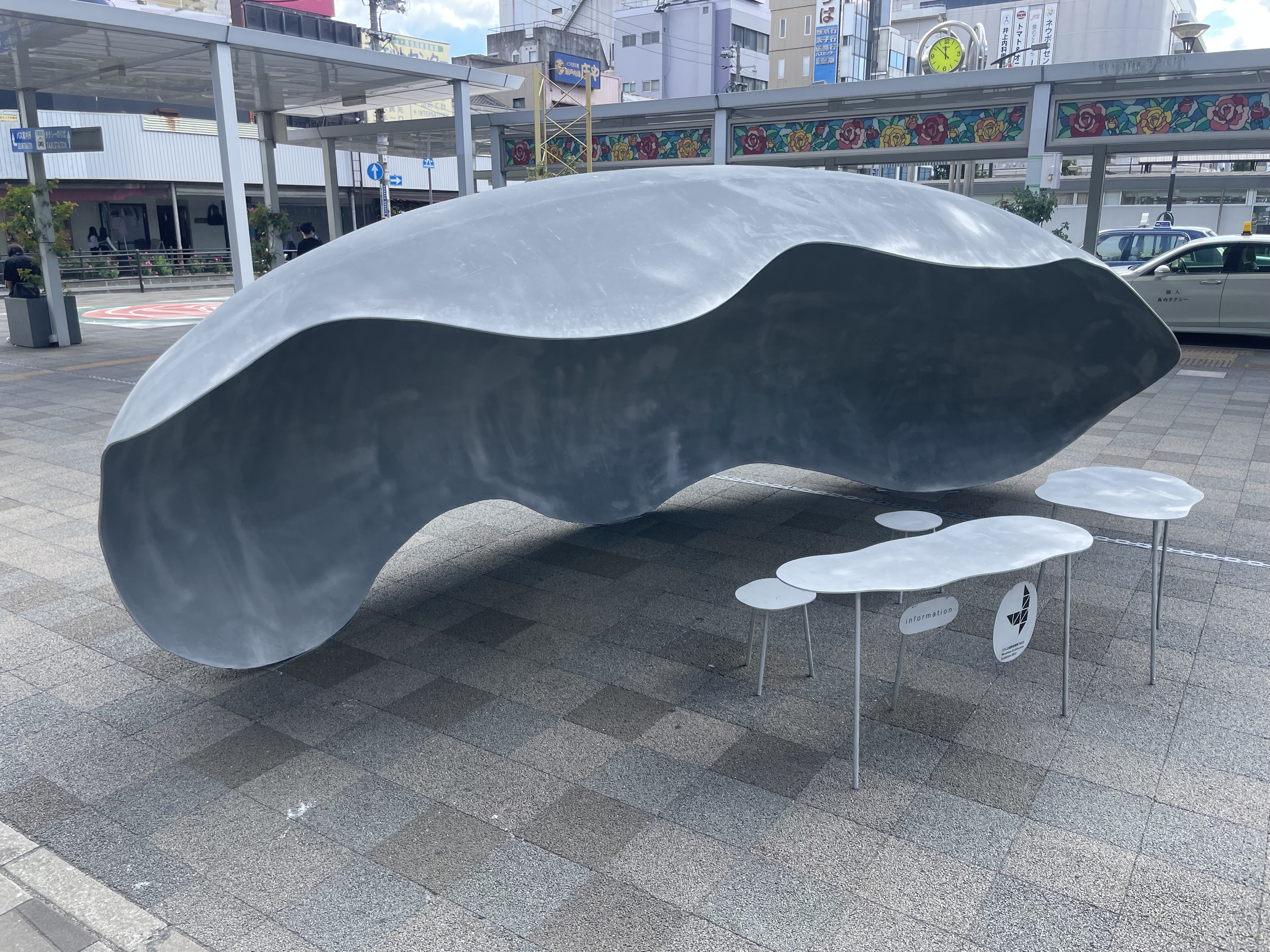
Junya Ishigami’s ‘Clouds Descend’ installation
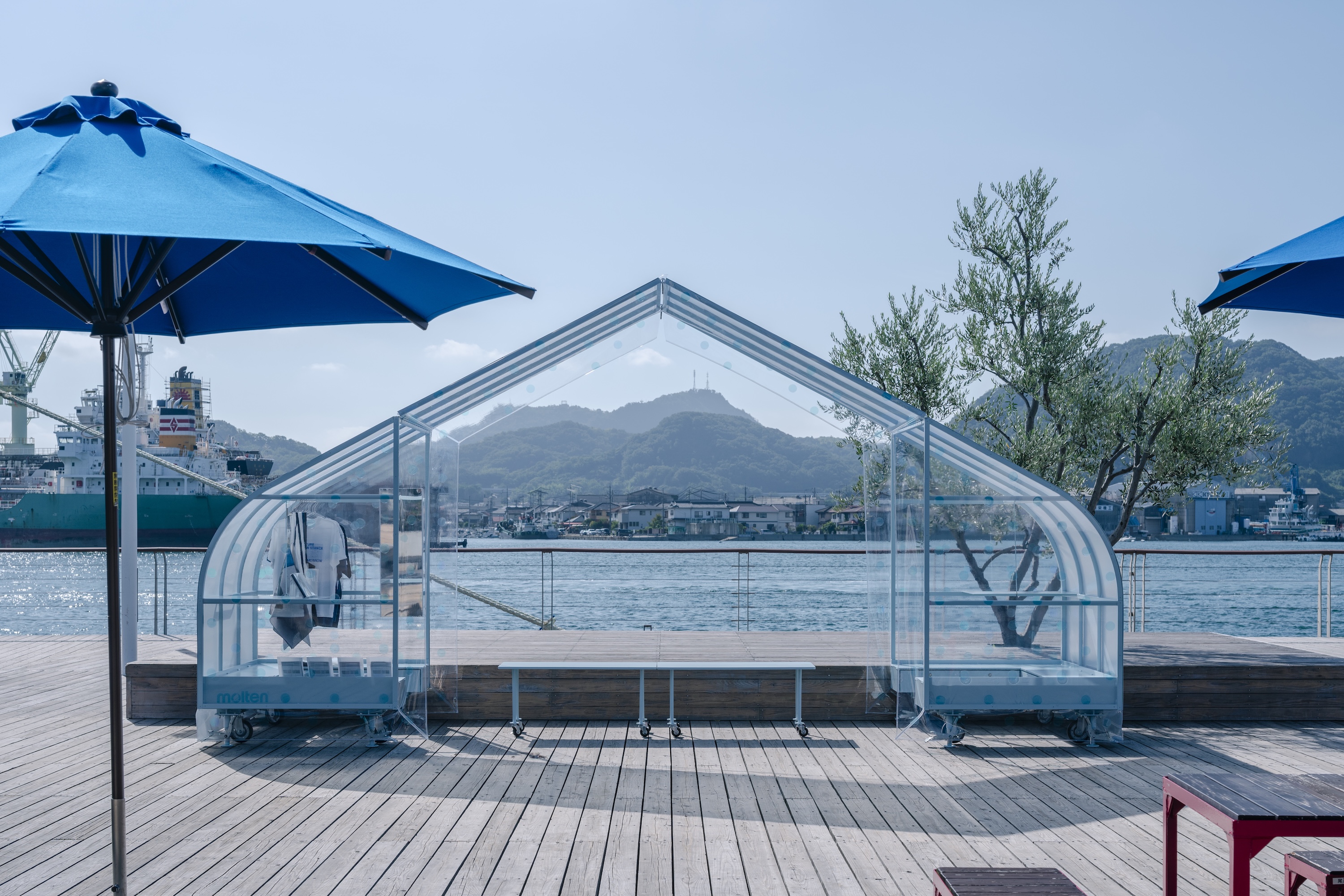
Kiosk by Hideyuki Nakayama
‘Hiroshima is a mecca for architecture,’ says Horibe, also behind dream-like guntû, a minimalist wooden ‘floating hotel’ on the Seto Inland Sea. ‘The climate is nice and there are not many natural disasters, the sea is very serene.’
An ambitious new project to reconstruct Kenzo Tange’s former Tokyo home, Seijo House on a Hiroshima hilltop, is also highlighted in an exhibition, with an architectural model by a temple carpenter plus photography of visitors, from Isamu Noguchi to Charlotte Perriand.
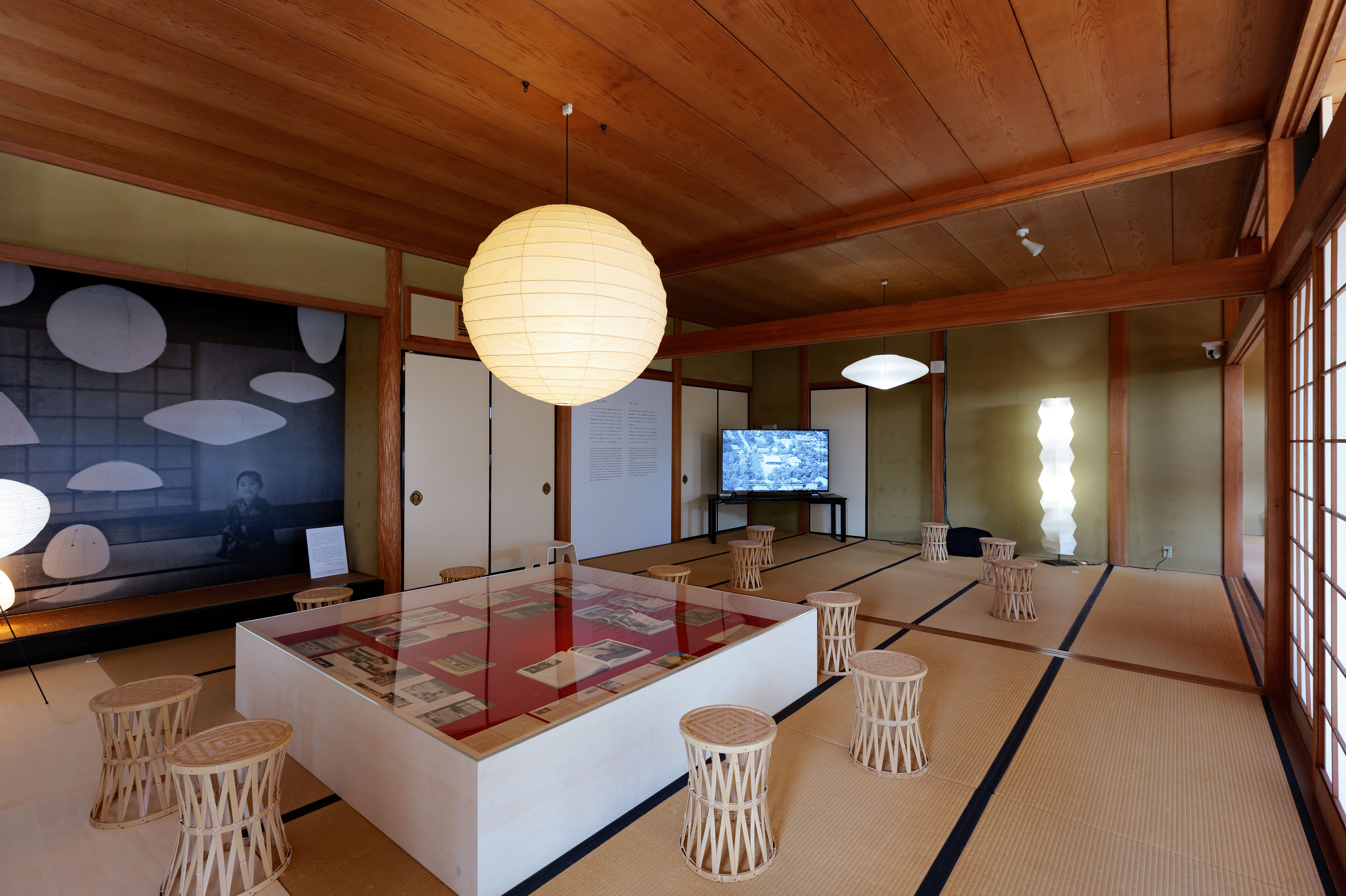
Kenzo Tange’s reconstructed former Tokyo home, Seijo House
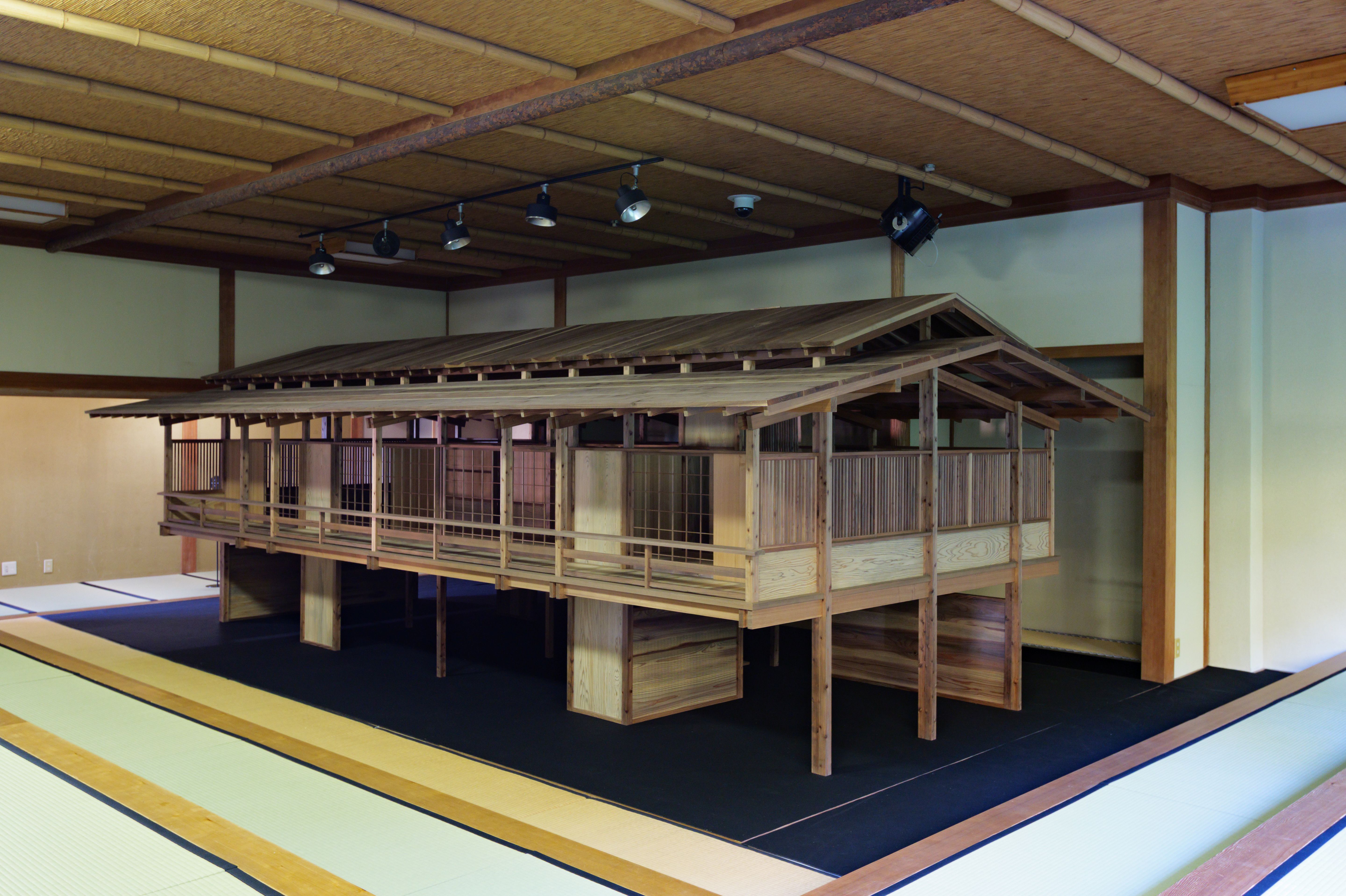
Kenzo Tange’s reconstructed former Tokyo home, Seijo House
Tange’s daughter, Michiko Uchida, who spent her childhood in the 1953 home, tells Wallpaper*: ‘My father was born in Imabari, on the opposite side of the Seto Inland Sea. I feel a connection here, as my father grew up seeing the same sea. That’s why I decided to rebuild the house here. It’s very calm and peaceful.’
She adds, ‘Hiroshima was very important to my father. He went to high school in Hiroshima, and his first big project was here. There was a strong sense of community at Seijo House when I was growing up; it was very open. I want to create a similar community here.’
Five architects – including Sou Fujimoto, Clouds Architecture Office and Norihisa Kawashima – also explore their vision for the future in the temple’s Next Architecture: Connecting To Tomorrow exhibition.
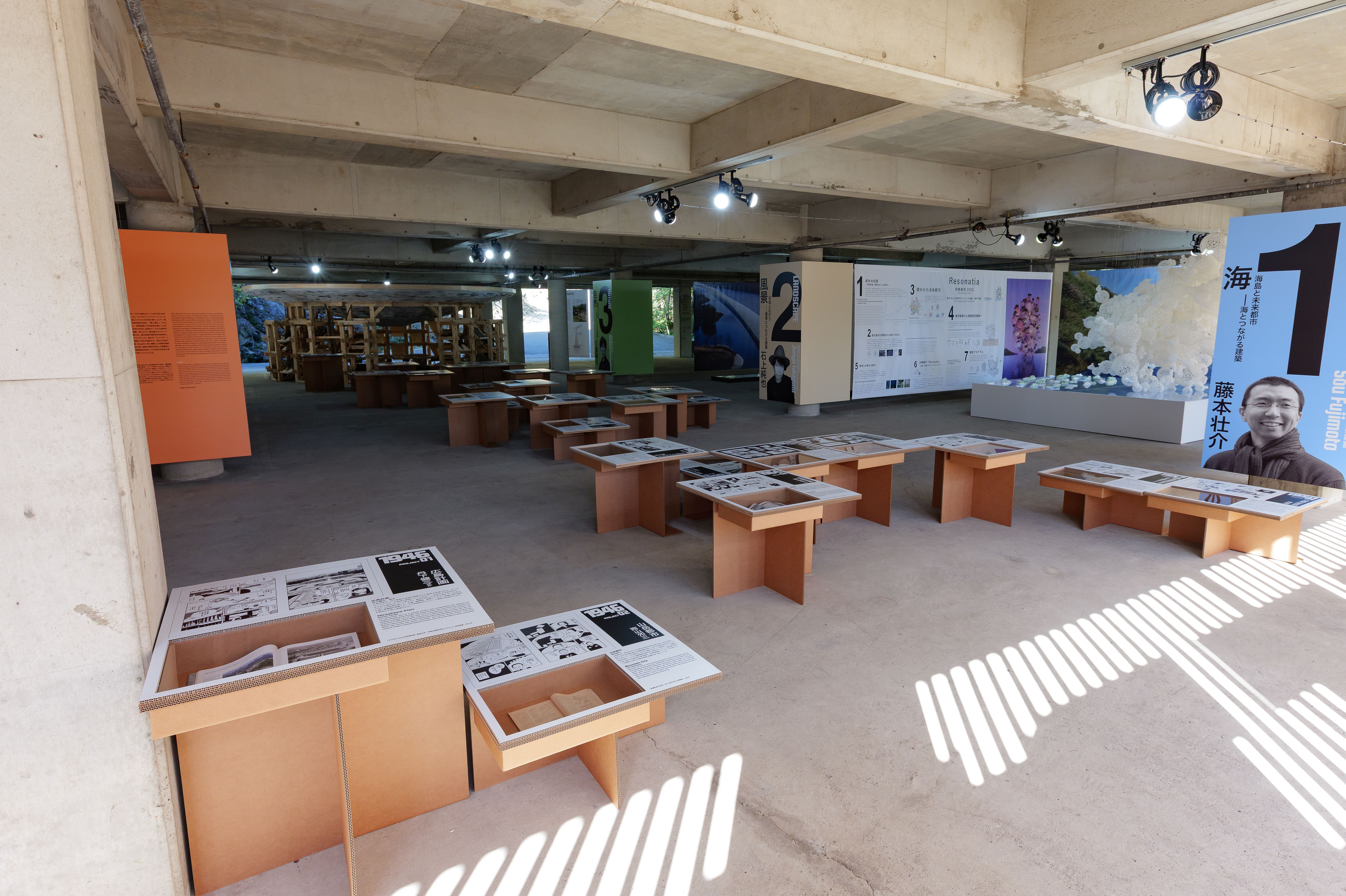
Next Architecture: Connecting To Tomorrow exhibition
Another Hiroshima pulse point is Onomichi – a scenic city tumbling down mountains into the Seto Inland Sea, lined with steep stone walkways, old temples and houses, having escaped wartime bombing.
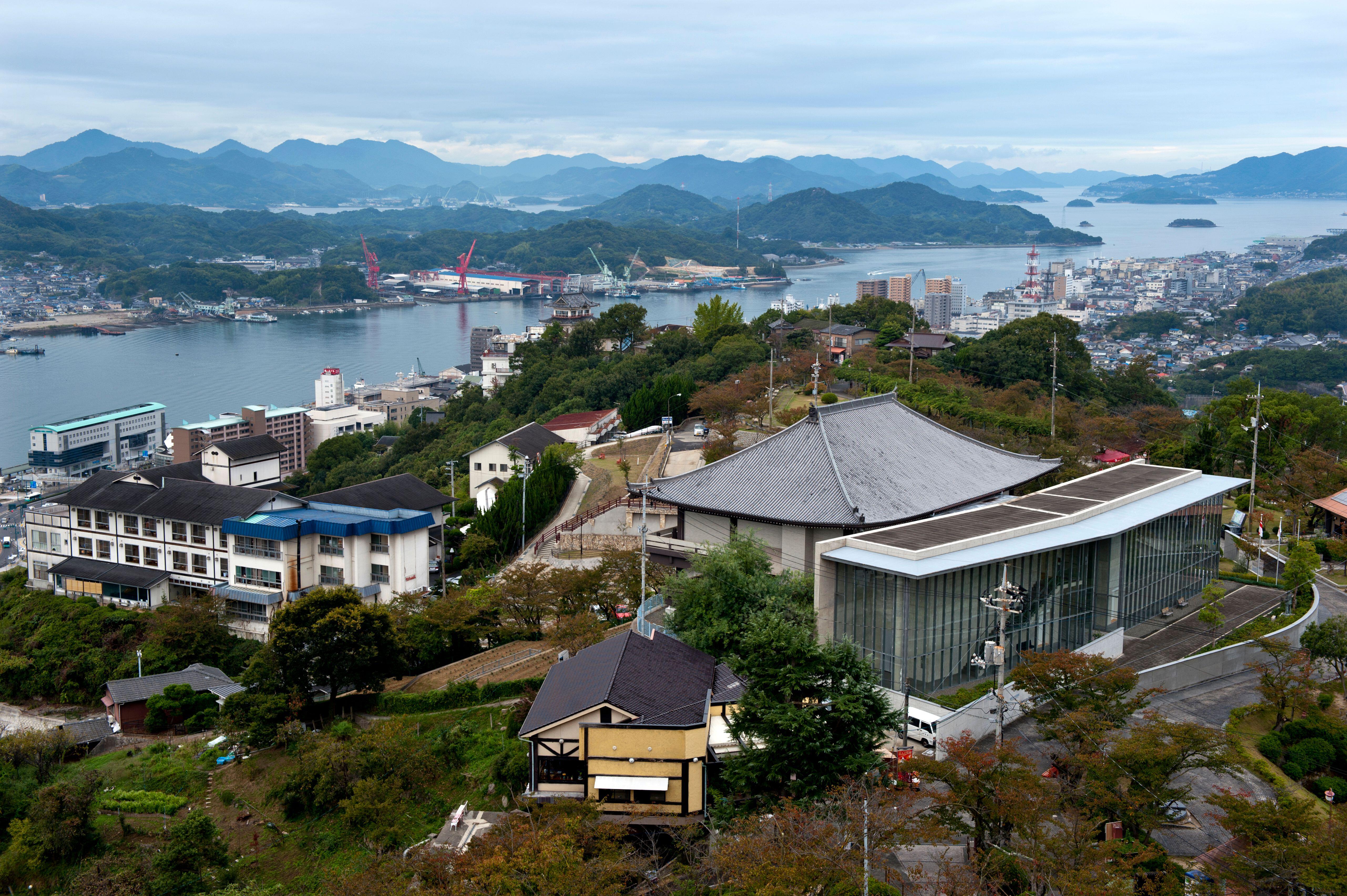
Aerial view of Onomichi in Hiroshima Prefecture in the evening including the Onomichi Waterway running through the heart of the city
In recent years, several projects have put Onomichi firmly on the creative map – including U2, a renovated wartime shipping warehouse by Suppose Design Office at the start of a famed cycling route. A buzzy modern hub, it’s home to eateries with local treats (from lemons to salt) plus curated design stores and a hotel – and, during the festival, an exhibition of architectural zines, including Tokyo studio MMA Inc.’s crafted Fragments publication.
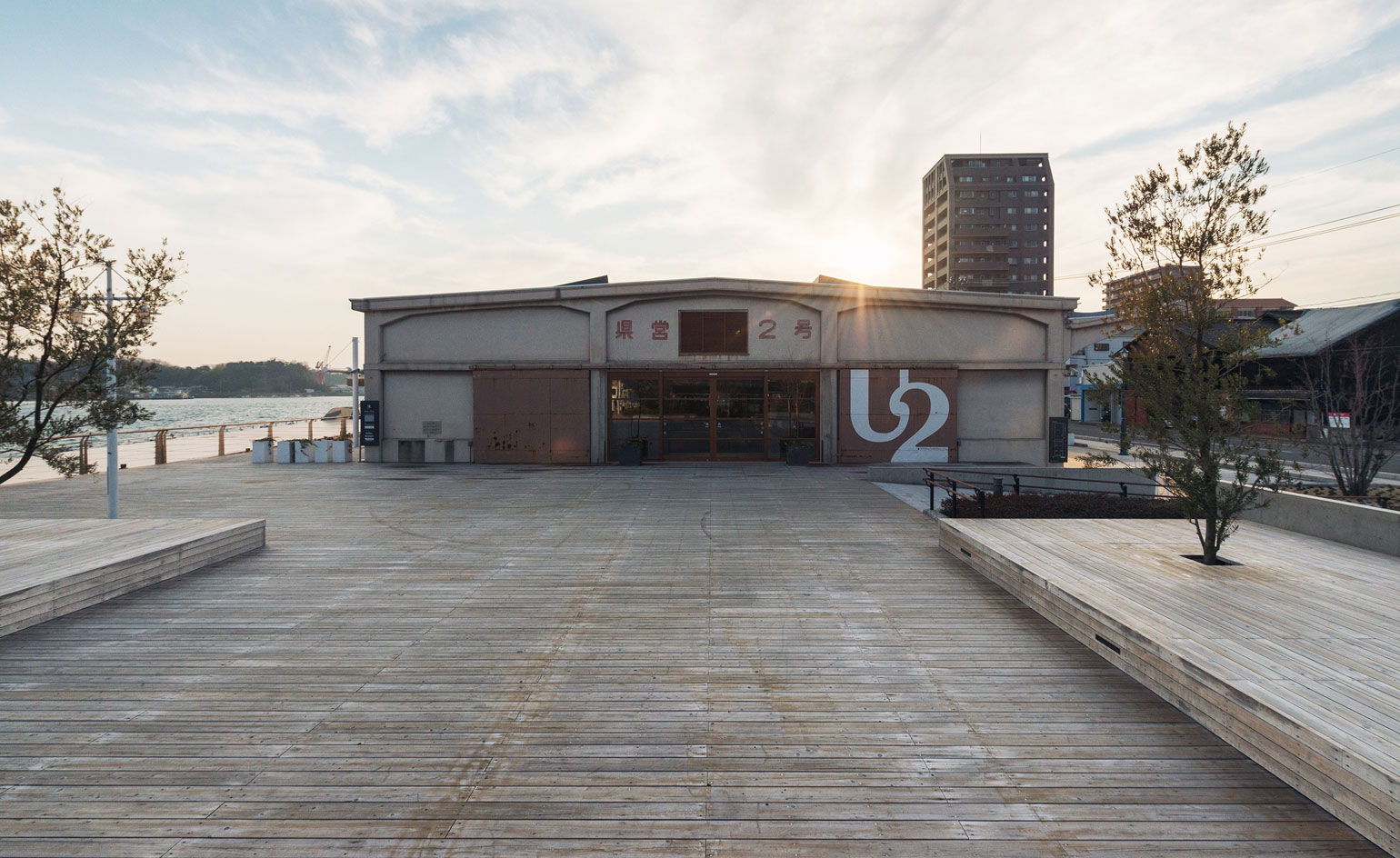
Exterior of Onomichi U2 Hotel, Hiroshima, Japan
On a steep slope nearby is LOG (Lantern Onomichi Garden) – a peaceful six-room hotel (plus shop, gallery, café) spanning a former 1963 apartment block, renovated by Studio Mumbai into a serene haven of minimalist lines and organic textures, all softly wrapped in in-between colour tones. A festival Experience Kit (by Osaka-based UMA/design farm) enables visitors to create frottage with original crayons, explore shapes and collect sounds.
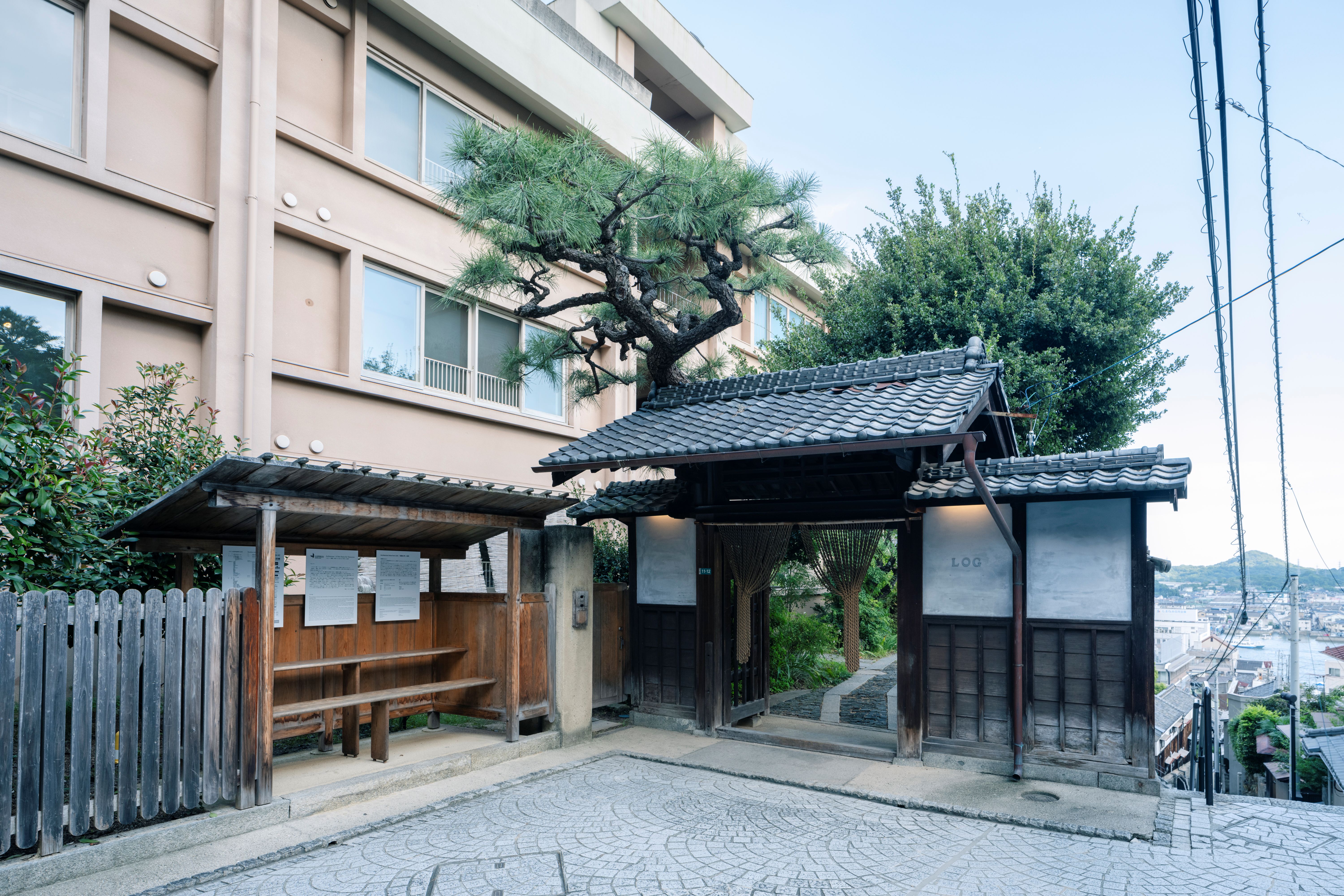
LOG hotel
It was while staying at LOG in room 303 that Jo Nagasaka, founder of Tokyo-based Schemata Architects, spotted a derelict 110-year-old house, which he has since transformed into Llove House, an art residency and creative hub.
‘For me, Hiroshima is a place of discovery,’ Nagaska tells Wallpaper*. ‘Onomichi is very special. There are very few places like this in Japan. Many people used to live here, fewer now. Today, people really need this kind of place – no cars, people walking. It’s old style but new style. If we adjust our minds, it’s a new way of thinking.’
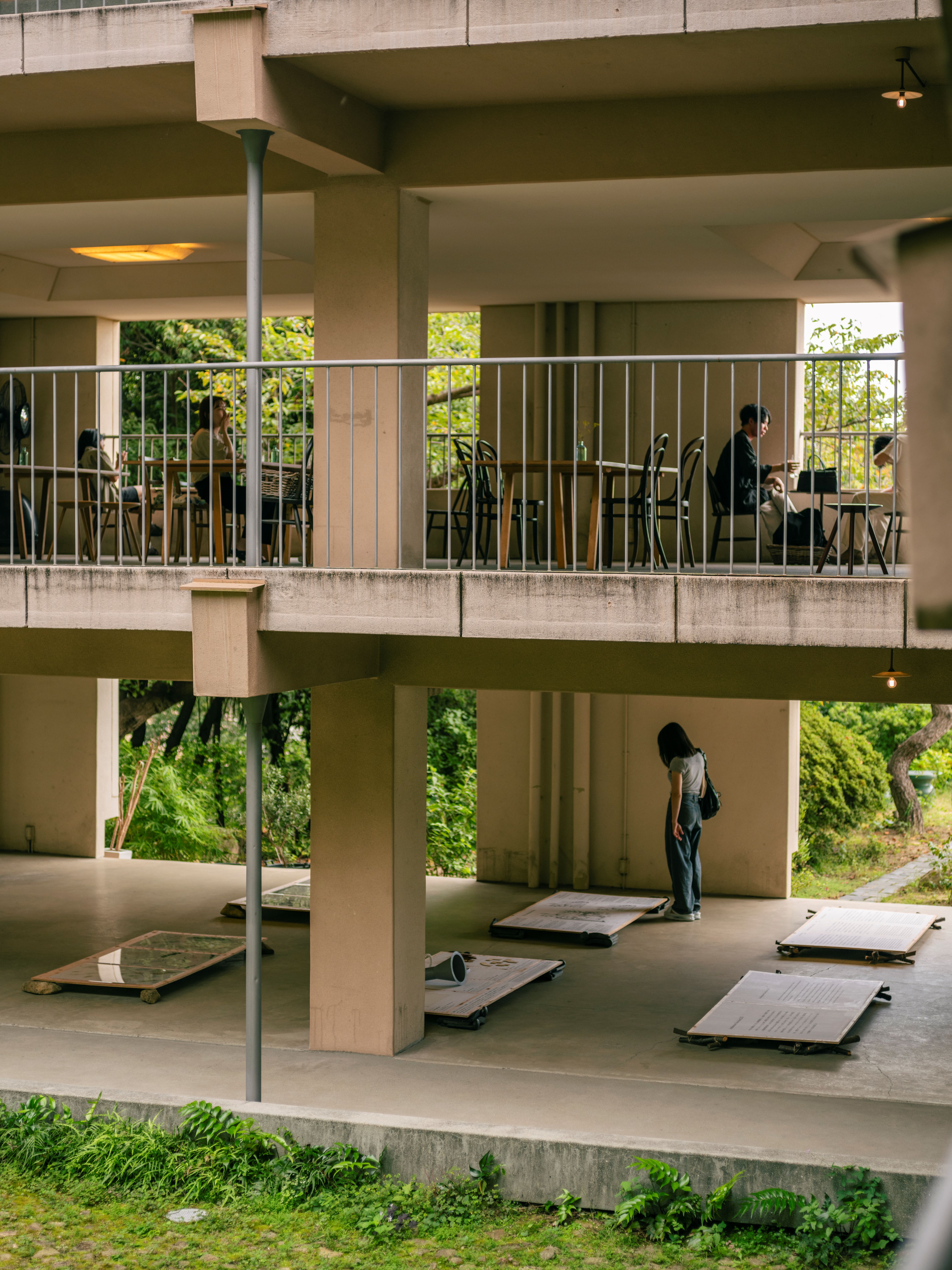
LOG
On a nearby hilltop is another architectural standout – Tadao Ando’s signature lines of minimalist concrete, with dancing tree shadows, at the Onomichi City Museum of Art. By the entrance sits Shigeru Ban’s humanitarian Paper Log House, fashioned from paper tubes; while inside unfolds Nine Visions: Japanese Architects from Japan to the World, a creative tour de force through the works of nine Pritzker winners.
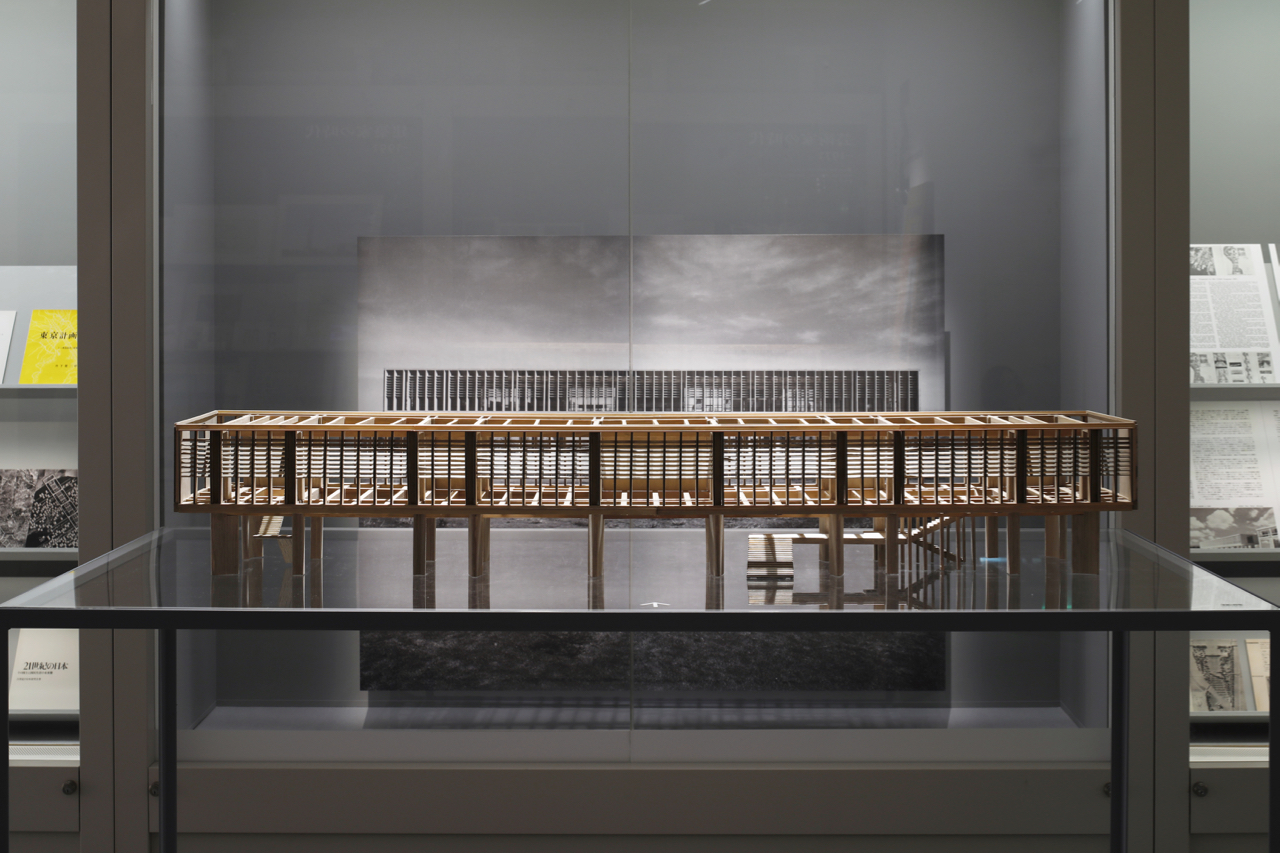
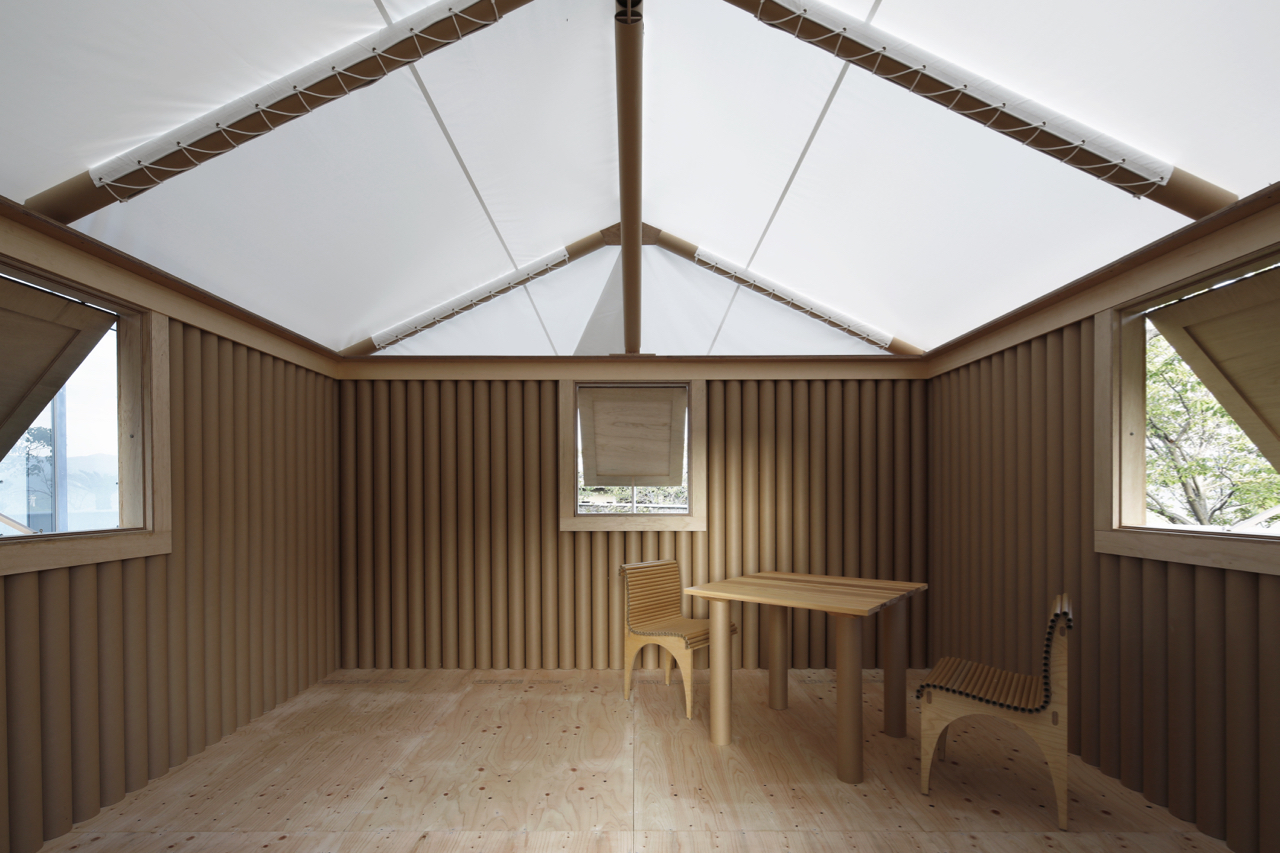
And a short walk away is perhaps one of the best spots to experience Hiroshima’s timeless harmony of architecture and nature: the minimalist concrete Senkoji Peak Observatory, looping into blue skies with sweeping views, by architects Jun Aoki and Masatoshi Shinagawa.
The Hiroshima Architecture Exhibition 2025 runs until November 30.
Danielle Demetriou is a British writer and editor who moved from London to Japan in 2007. She writes about design, architecture and culture (for newspapers, magazines and books) and lives in an old machiya townhouse in Kyoto.
Instagram - @danielleinjapan
-
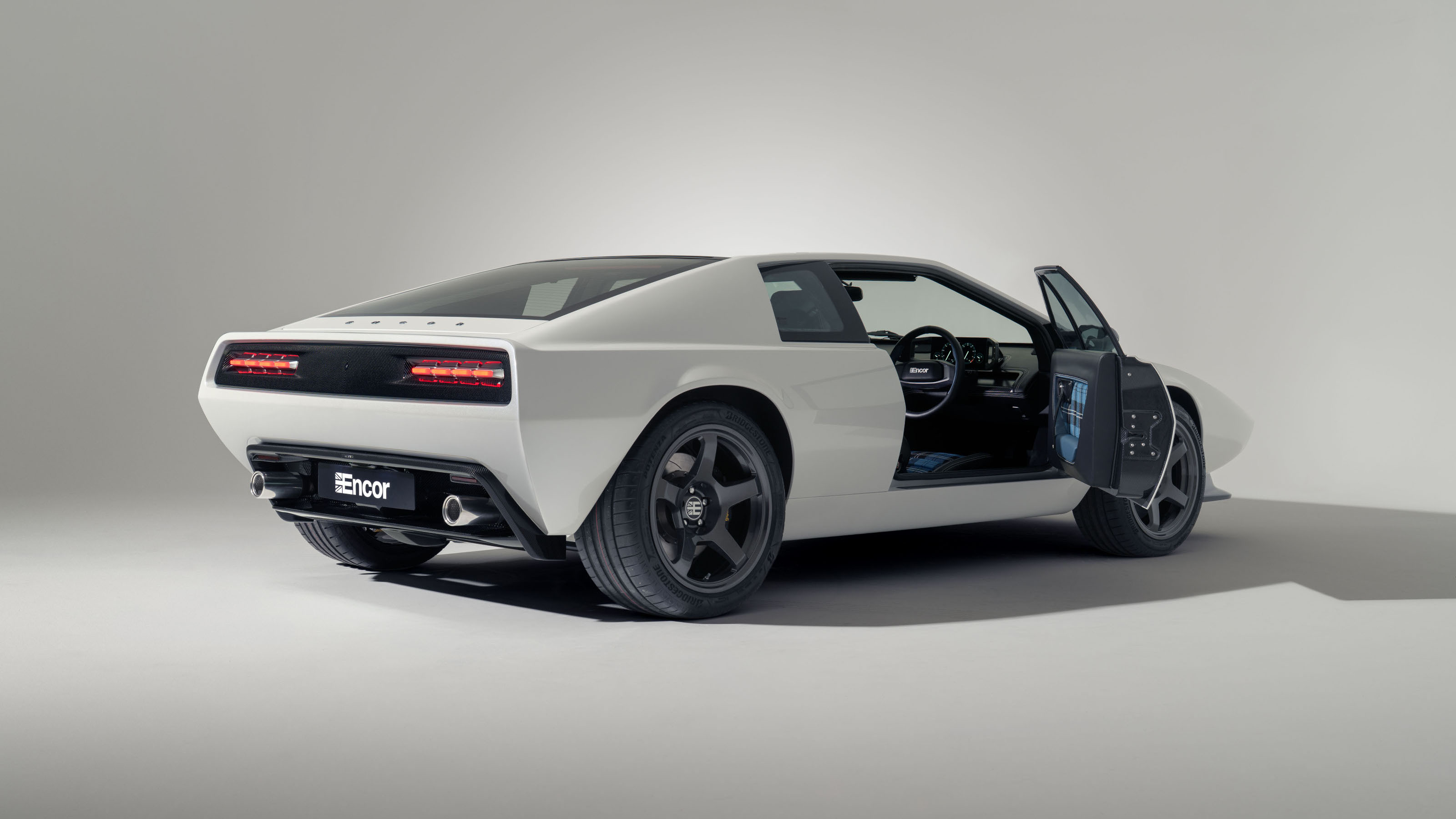 Hanker after a 1970s supercar? The Encor Series 1 elevates the Lotus Esprit to a new level
Hanker after a 1970s supercar? The Encor Series 1 elevates the Lotus Esprit to a new levelThis limited-edition remastering of the dramatic wedge-shaped Lotus Esprit stops at nothing to improve and enhance the original without losing sight of its analogue excellence
-
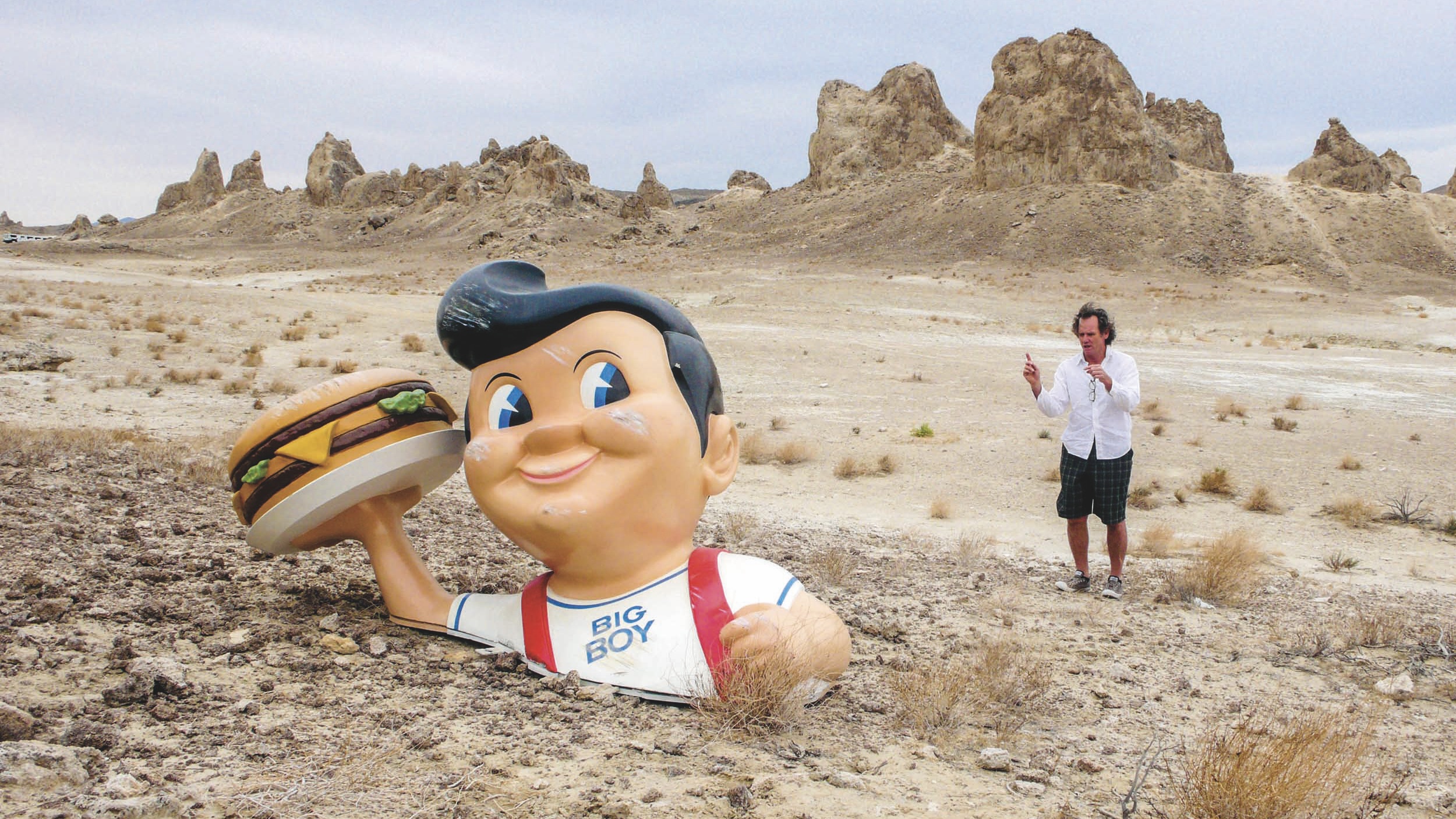 A new photo book takes you behind the scenes of some of cinema's most beloved films, from 'Fargo' to 'Charlie's Angels'
A new photo book takes you behind the scenes of some of cinema's most beloved films, from 'Fargo' to 'Charlie's Angels'Set decorator Lauri Gaffin captures Hollywood's quieter moments in an arresting new book
-
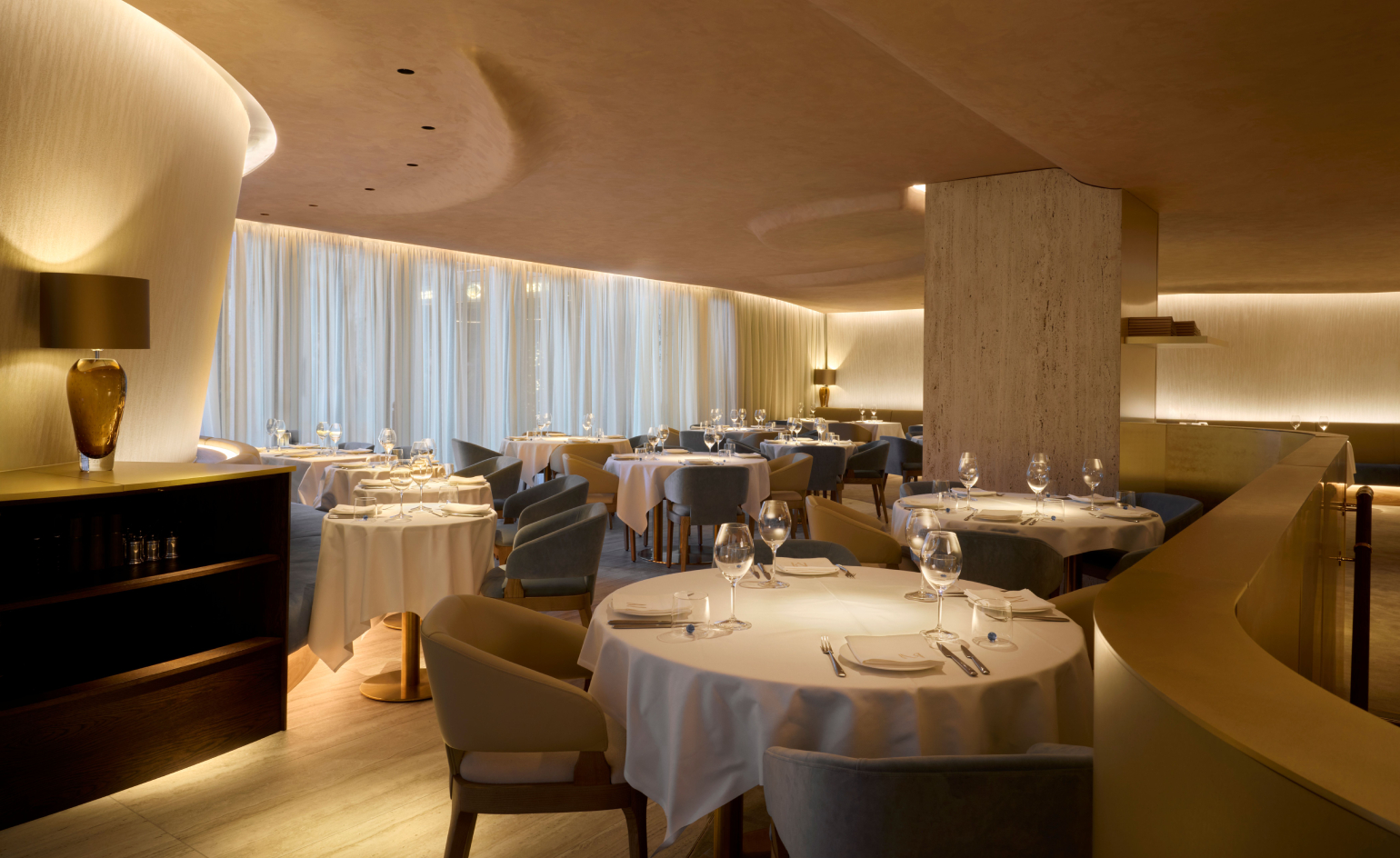 This sculptural London seafood restaurant was shaped by ‘the emotions of the sea’
This sculptural London seafood restaurant was shaped by ‘the emotions of the sea’In Hanover Square, Mazarine pairs a bold, pearlescent interior with modern coastal cuisine led by ‘bistronomy’ pioneer chef Thierry Laborde
-
 Free flights across Japan? ANA just made it happen
Free flights across Japan? ANA just made it happenA new All Nippon Airways scheme in collaboration with the Japan National Tourism Organization aims to ease overtourism in major hubs by boosting regional travel
-
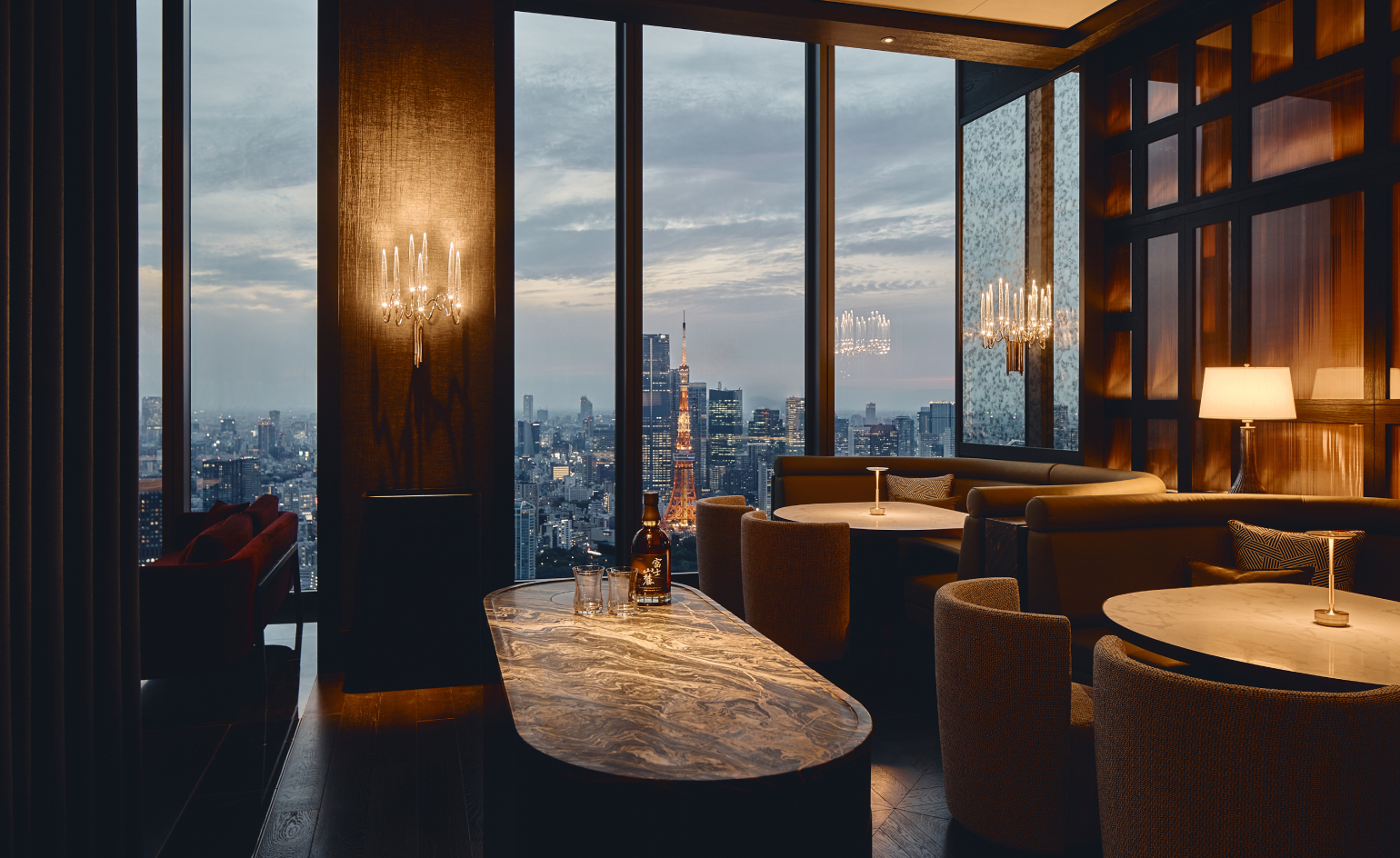 Is this Tokyo’s most alluring new hotel?
Is this Tokyo’s most alluring new hotel?In the world’s busiest capital, a new benchmark for serenity emerges 35 floors above ground. We checked into the Fairmont Tokyo
-
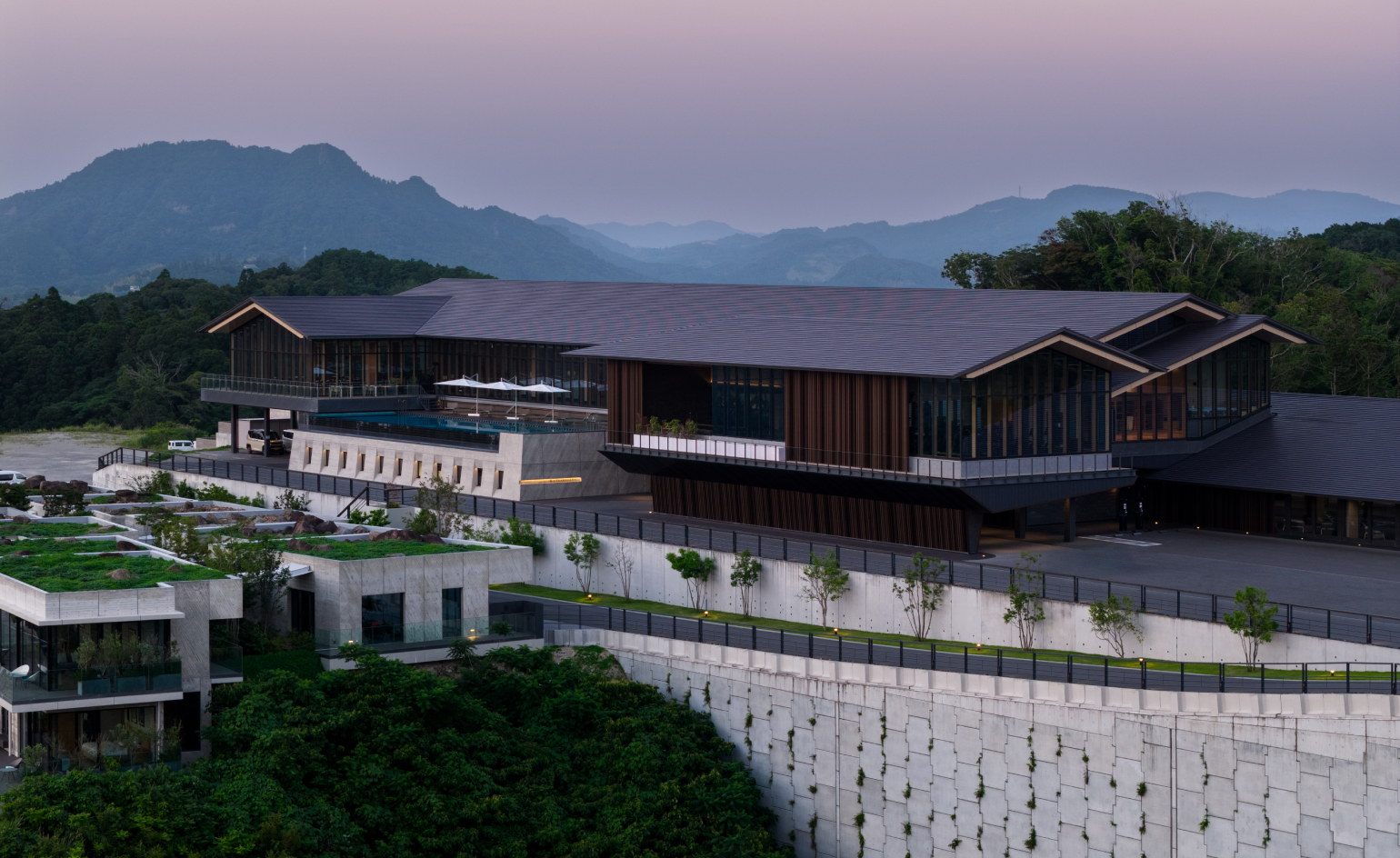 A cinematic members’ club rises in Japan’s forested hills
A cinematic members’ club rises in Japan’s forested hillsJoyce Wang Studio unveils The Magarigawa Club Clubhouse in Chiba
-
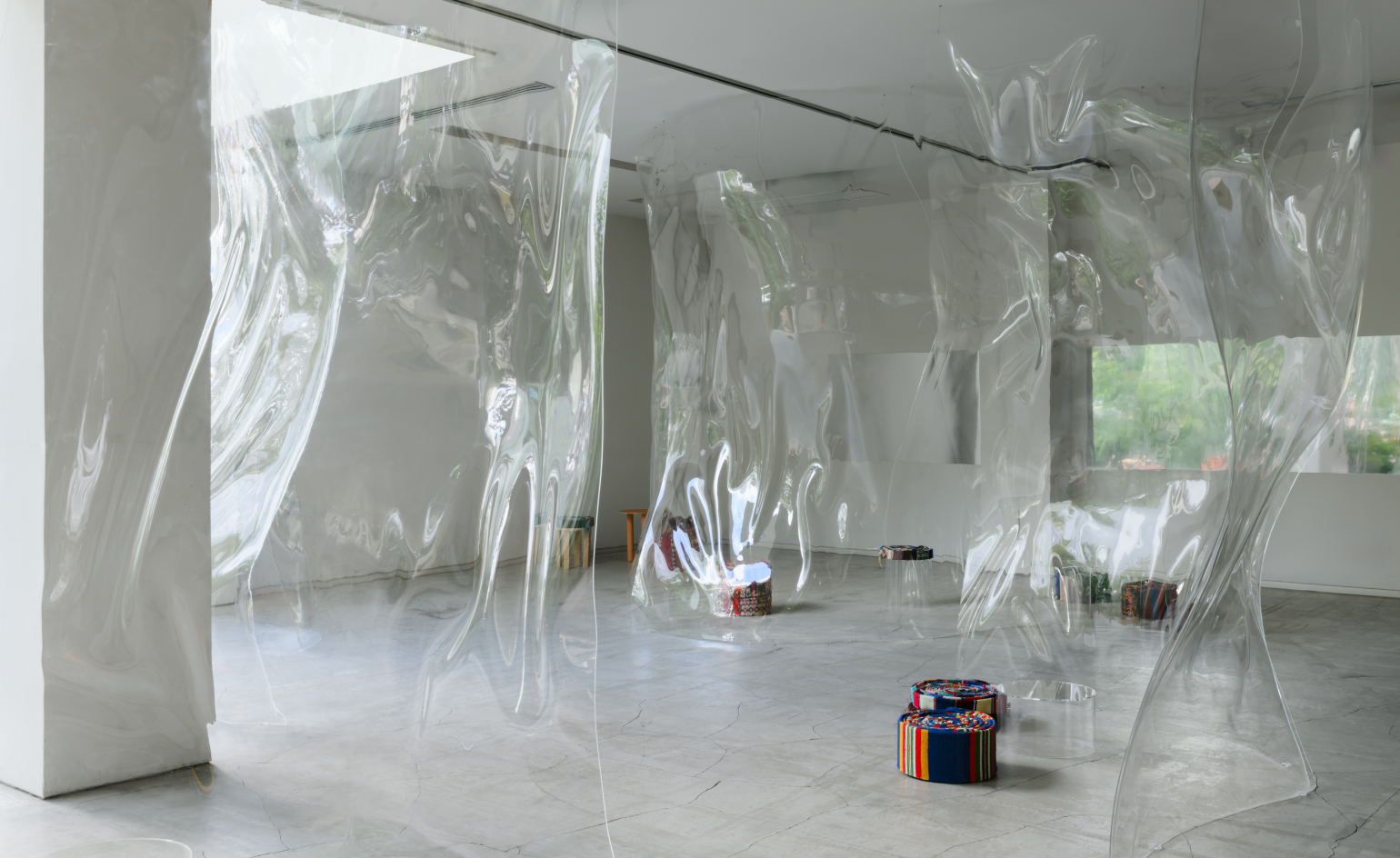 How Ichio Matsuzawa designed the almost-invisible bar defining Art Week Tokyo 2025
How Ichio Matsuzawa designed the almost-invisible bar defining Art Week Tokyo 2025During the 2025 edition of AWT, Wallpaper* met the Japanese architect to explore architecture as sensation, not structure
-
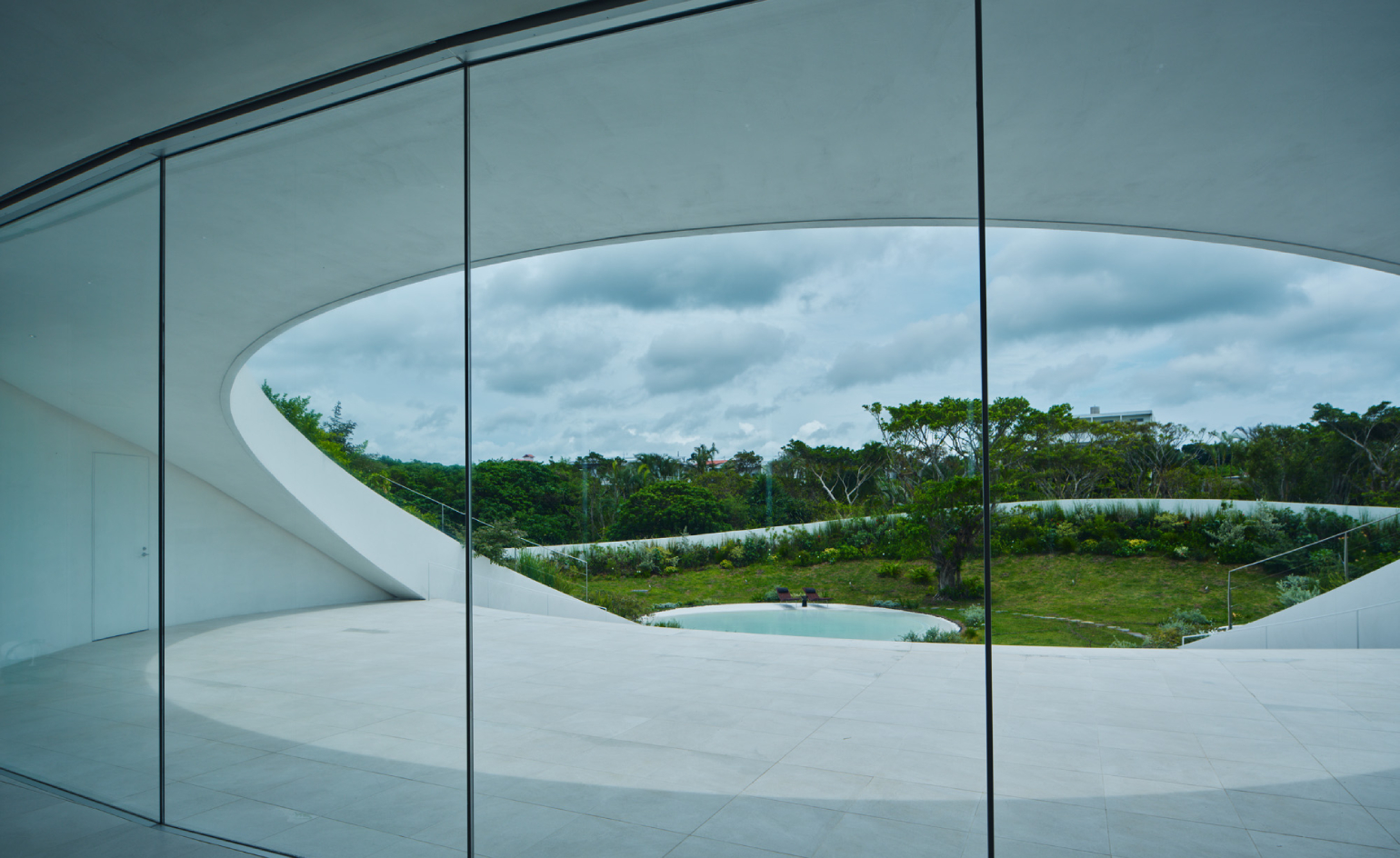 In Sou Fujimoto’s far-flung Not A Hotel villa, solitude feels almost planetary
In Sou Fujimoto’s far-flung Not A Hotel villa, solitude feels almost planetaryAn underwater sauna, an infinity pool and a circular courtyard garden are just a few of the highlights at Not A Hotel’s latest outpost, on Japan’s Ishigaki Island
-
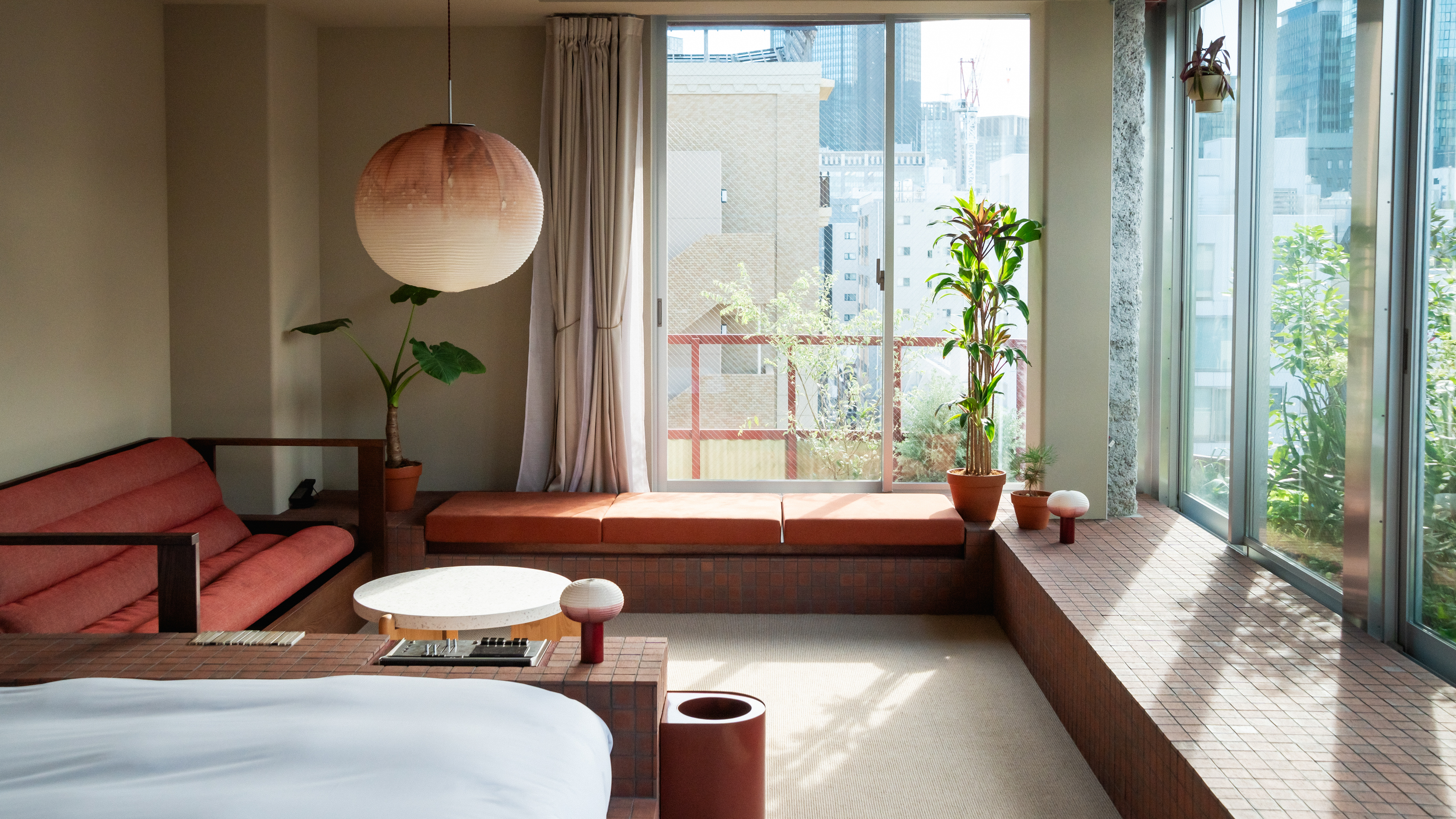 Check into a new pocket-sized Tokyo hotel
Check into a new pocket-sized Tokyo hotelSoil Nihonbashi Hotel brings greenery, warmth and a neighbourhood spirit to a quiet corner near Tokyo Central Station
-
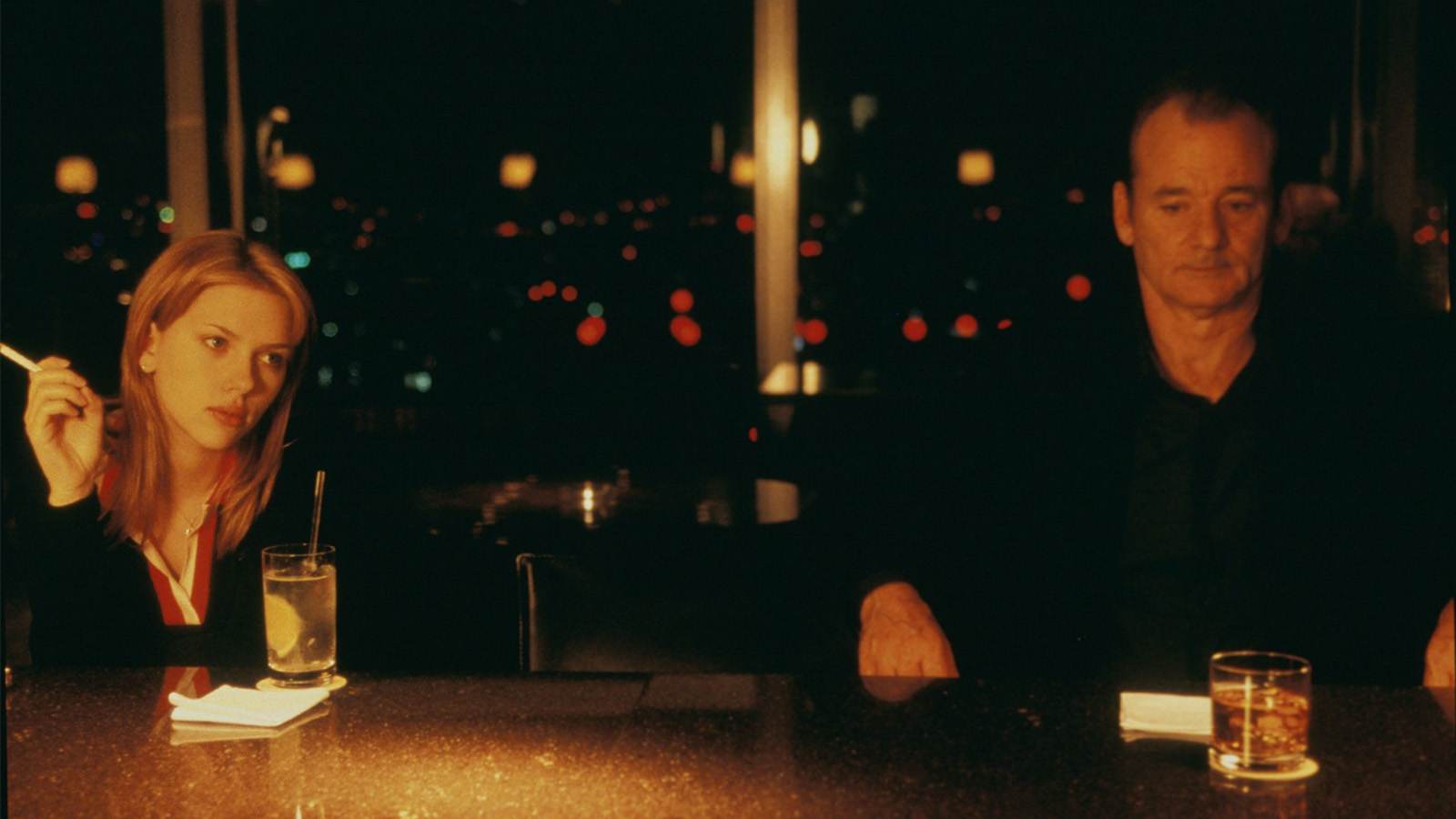 Will the revamped Park Hyatt Tokyo keep its cinematic soul?
Will the revamped Park Hyatt Tokyo keep its cinematic soul?As Park Hyatt Tokyo prepares to reopen after an extensive transformation, film fans wonder: will it still evoke Sofia Coppola’s dreamscape?
-
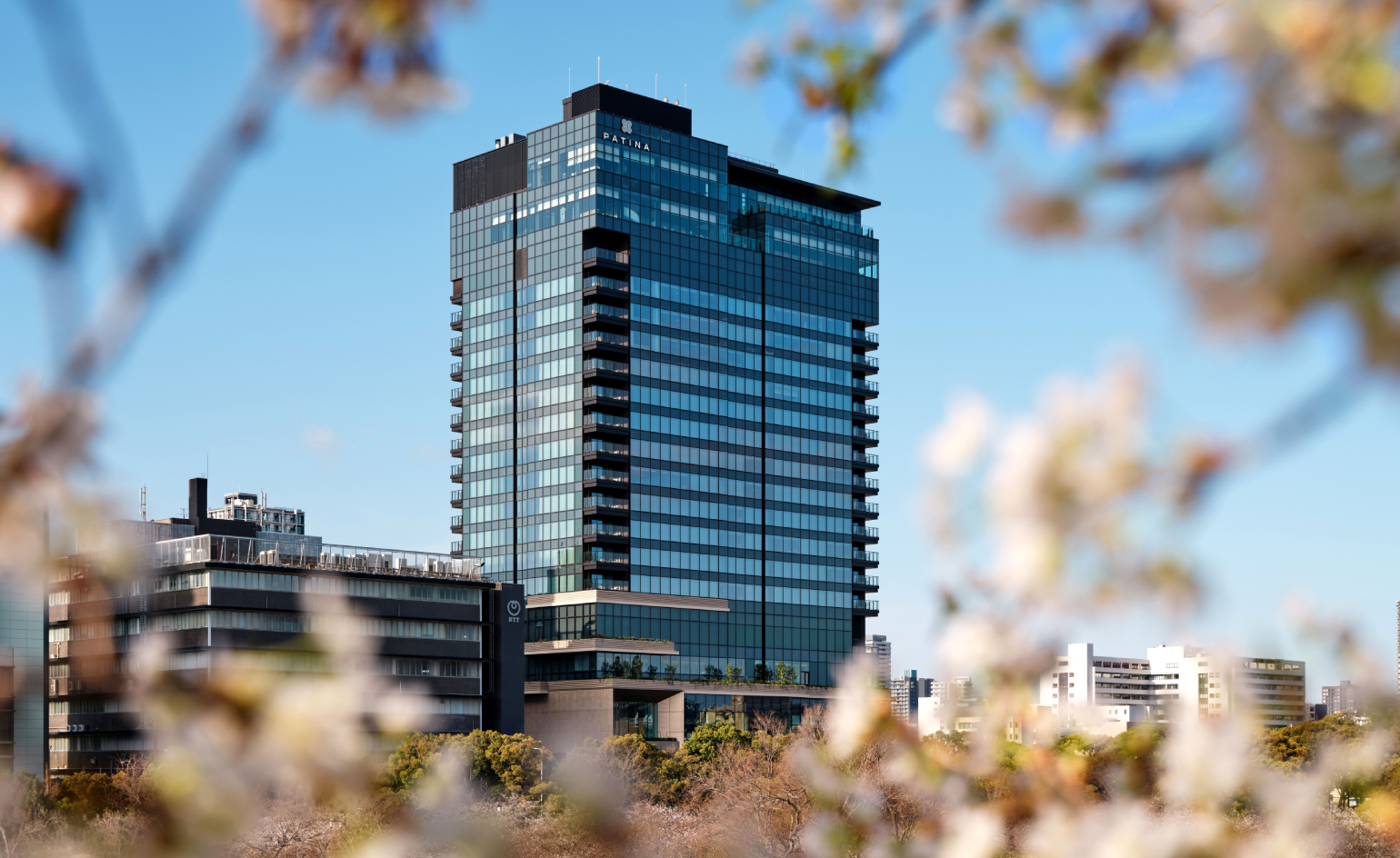 Stay at Patina Osaka for a dose of ‘transformative luxury’ in western Japan
Stay at Patina Osaka for a dose of ‘transformative luxury’ in western JapanFrom nature-inspired interiors to sound-tracked cocktails and an unusually green setting, Patina Osaka is a contemporary urban escape that sets itself apart